SummaryAirport Rating N/A Reception of locals *****
Arriving into the Cambodian border town of Ba Vet via the Vietnamese town of Moc Bai, you could almost immediately see the difference in wealth between the two countries. As we entered the immigration office, we were stuck in a hoard of people, with barely a working fan overhead in hot, sticky conditions. I'd like to say I was in the queue for about an hour, but it is less a queue and more a mass of humanity in one big shapeless group. The process itself wasn't overly complicated, a quick scan of your fingers and thumb and you are off through the otherside and into Cambodia. The bus from Ho Chi Minh to the border was about 3 hours, but we had another 4/5 hours ahead of us before we reached Phnom Penh. Vietnam to CambodiaThe good thing about SE Asia is that the distances, although far, arent so vast that you have to book a lot of internal flights. Buses and coaches might take longer, but are extremely cheap and a good way to see parts of the country you may not otherwise get a chance to explore. With regular stops along the way, you can see so much more traveling over ground as opposed to the air. What I would say is, take a couple of books with you. There will be times when you are just crossing nothing but hours and hours of fields, and after the first handful, they scenery does become 'the same'. Despite leaving Ho Chi Minh City at 7am, I didn't reach Phnom Penh until late afternoon. Its strange, because although all you are doing is sitting down, sitting for 8/9 hours really does take it out of you. After getting showered and changed I headed into the city to grab some food and get a feel for the place. Cambodia, and especially Phnom Penh, has a violent and tragic history. Founded by the Khmer's, it spent a number of centuries in the shadows of Siem Reap, before becoming the royal capital between the 1500's an 1600's. The capital was once again shifted west until the arrival of the French, when the city regained its capital status. The city has passed hands between a number of rulers, from ethnic Khmers, Vietnamese, the French and Khmer Rouge. Each ruling dynasty has left its mark on the city in different ways. One of the first things I came across in the city, was the magnificent independence monument, looming large in the city centre. Surrounded by busy roads on either side, the monument is built in the form of a giant Stupa. The statue of Norodum Sihanouk (King of Cambodia during independence) has been a more recent addition. City tourThe tour of the city continued with a visit to Wat Phnom, an ancient Buddhist temple. Built in 1373, it is one of the oldest buildings in the city and pre-dates its first ascent to capital city status. This temple is also the 'centre of Phnom Penh'. The story behind the temple is that a widow called 'Penh' found a large tree in the Mekong River and inside the tree were four bronze statues of Buddha. The wealthy widow decided to construct a small shrine on a hill to protect the statues. The modern city is said to have grown around this point. The temple is quite nice and although surrounded by busy traffic, there is an element of tranquility as you venture further towards the mound. The following morning began a day that is not easy to forget. One thing I had noticed around the city was the skew in demographics, this was a place filled with kids and young people, with very few people who would fall in our definition of middle age or older. Cambodia went through a difficult path to modernity. After freeing themselves from the French, there were a number of years where the country was ruled by a monarch, however, there was a large scale grassroots communist movement. Although, originally supported by the Viet Minh, the Khmer Rouge eventually grew to become distrustful of its neighbouring power and decided on a different path of communism. Led by Pol Pot, and founded in 1968., the Khmer Rouge eventually came to power in 1975. Although only officially ruling the country for four years, guerilla fighters of the Khmer Rouge operated from the 1970's to the 1990's. Pol Pot had an extremely radical vision of Cambodia (or Kampuchea as it was renamed by him). Intellectuals, migrants and those who opposed his vision were rounded up and sent to death camps. The Tuol Sleng Genocide museum was a former execution centre where over 20,000 Cambodians lost their lives. On entering the complex, you can feel an air of eeriness. We were taken by a guide through different prison cells which had pictures of the various methods of torture inflicted on the population, many of the walls still bore the blood stains of its inhabitants. I have been to camps where Jews were killed in the second world war, and fields where Sikhs were killed by Mughal rulers and this ranked up there with either of those in terms of leaving an imprint on my memory. I met with, and spoke to, two survivors of the execution centre, Bou Meng and Chum Mey, both are now in their 70's and 80's. There were pictures of the pair when they were younger, herded into the centre. In fact, the Khmer Rouge photographed all prisoners (nearly all of whom were executed) and these pictures were on the walls of the memorial centre, much like the pictures I have seen of Sikhs killed by Indian forces in 1984. It really does bring a personal connection, these were real people, not much older than my parents, tortured and executed. From here we headed to Choeung Ek, also known as the killing fields. I had heard about this before, and was expecting a shocking sight, however, nothing can prepare you for the sights you see here. As you enter the killing fields you see a mountain of thousands of human skulls, all piled on top of each other. Most of the skulls have a similar fracture where their skulls were smashed. It really brings home the scale of the massacre. As I walked around the killing field, there were bits of clothing from bodies that were dumped in the fields, belongings including money and jewellery as well as a tree where babies were smashed against to kill them quickly. Whenever I see something like this, it always makes me wonder how desensitised some of the perpetrators of these crimes must be. What must it take to kill children in such a violent manner. To kill strangers that you have never met before, who had their own lives and families. I understand there is an element of group-think, or as the Nazi's used to say 'submitting to authority'. This cannot be a good enough reason, no matter how far you are into any sort of ideology, massacring innocent people takes a level of depravity that transcends simple excuses. I also learnt at the killing fields, just why Cambodia has such a young population. The Khmer Rouge wiped out a whole generation of the population and only now is population beginning to get back to the kind of level it was before the Khmer revolution.. Wealth gapIt takes a long time after seeing such sights to re-adjust and focus on the positives. Leaving the killing fields and seeing young children, playing football, smiling, allowed me to understand the positives. This is a country very much on the mend. The narrow, busy roads of Phnom Penh are the arteries of the city. Everywhere you look, there are scooters, piling over each other to get out of the perpetual standstill that occurs in many of the inner city roads. Unlike Hanoi, I found the traffic here easier to predict, and crossing the road isn't quite as much of an adventure. There is an obvious wealth gap between Cambodia and its two larger neighbours on either side, Vietnam and Thailand. Although the Cambodian Riel is the official country, almost everything is paid for in USD, and that's the currency that I took with me. The country is still relatively rural, so hotels and hostels are in considerably worse conditions than Thailand, however, I did not once have a single room that I felt was particularly bad. In fact, my worst nights sleep wasn't even in Cambodia. I would take mosquito spray with you, because hardly anywhere has mosquito nets, and there will be a few places were A/C doesn't work well or doesn't work at all. You can easily go day's without internet access, and when you do get WI-FI, its not always a strong signal, so bare all this in mind. Print maps you may need beforehand, and have key numbers or reservations saved in your phone as screenshots. The future is brightThere is a side to Cambodia that isn't as tragic, a side that is majestic and celebratory. Nowhere is this more evident than the Royal Palaces and Silver Pagoda. Built in 1860 on the banks of the Mekong River, the complex houses the Royal Family. The complex has four main areas: the Silver Pagoda, Khemarin Palace, Throne Hall and Inner Court. Although the walls have a French influence, the palaces themselves are built in traditional Khmer style. The Silver Pagoda is especially impressive and houses the 'Emerald Buddha'. You aren't allowed to take in pictures inside the Pagoda, but its quite an impressive sight. The Throne Hall, where the Kings officers, and officials usually sat has a number of tall spires, one of which has the Hindu Godm Brahma featured at the top. Little details and intricacies such as these make the complex a fascinating place to explore. It was a particularly hot day, and the grounds outside have little shade, so I found myself standing 'conveniently' infront of fans whenever I could, As with other temples or palaces in SE Asia, shorts must be below knee length, no vests, and for women, shoulders must be covered at all times. It was here where I first realised just how far from Europe I was. In the UK, I am used to having to sometimes explain why I can't just remove my dastaar or patka. Here, a group of American girls I had made friends with were not allowed into the complex unless they covered their shoulders. I saw a group of Indian tourists go in wearing sarees so I fashioned a makeshift saree out of a scarf. As they tried to enter again, they were told no, when we pointed that the Indian ladies had gone in wearing the same thing, the guards merely pointed out that they were allowed as it was their culture. The American girls were not impressed! I must admit I felt bad them, they were very nice people, just no longer in a anglocentric part of the world. The girls came back in what I can only describe as the ugliest t shirts ever that they purchased in the gift shop. We still laugh about it to this day. Designed in 1937 by the French, the Psar Thmei, or central market is a very distinctive structure in central Phnom Penh. Built in the Art Deco style popular of the time, it really does stand out in its surroundings and is something that must be seen to be believed.
From street level, the structure is surprising but once you go inside you completely forget that you are in the middle of Phnom Penh. Market stalls selling everything from sunglasses to mobile phones line the inside of the dome that has four 'wings' protruding from each side. The cool indoors are a world away from the heat and noise that exists on the other side of the walls, and the market had quite a few tourists when I went. Its easy to get lost in the market for a couple of hours, admiring the inside of the buildings and looking at the different stalls, the bright vivid colours and smells. Just like the Royal Palace complex, it highlights another, more triumphant side to this city. And that is exactly how I would describe this city. Triumphant, in-spite of its tragic history. Sure, the city has a side to it that is dark and depressing. But watching the young kids run around, playing football makes me realise this is now a new generation, a young city with a lot of potential. The sobering monuments that remember the crimes of the Khmer Rouge are balanced by magnificent palaces, modern skyscrapers and atmosphere of positivity. I met a girl from England who has been working in Phnom Penh for a number of years and she mentioned the grass roots human rights movement, where Cambodians are now helping each other move into the 21st century with support networks, women's rights groups and workers rights organisations. She had already been there a significant period of time and mentioned there is no where else she would rather be, and I agree, the city does have a special feel about it, a showcase of human spirit and its worth experiencing. Comments are closed.
|
AuthorBritish Sikh, born in the Midlands, based in London, travelling the world seeing new cultures. Categories
All
|
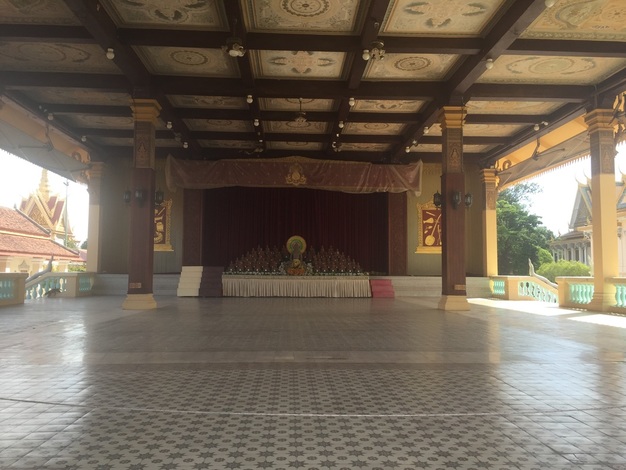
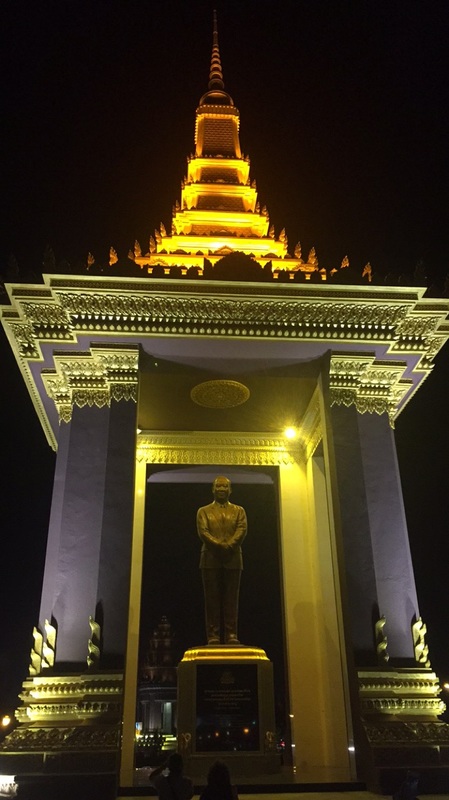
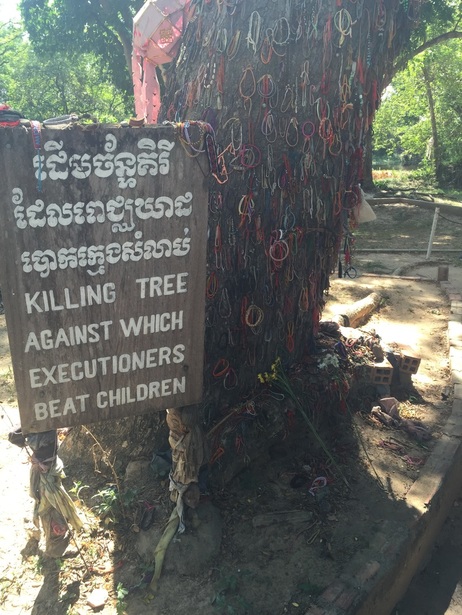
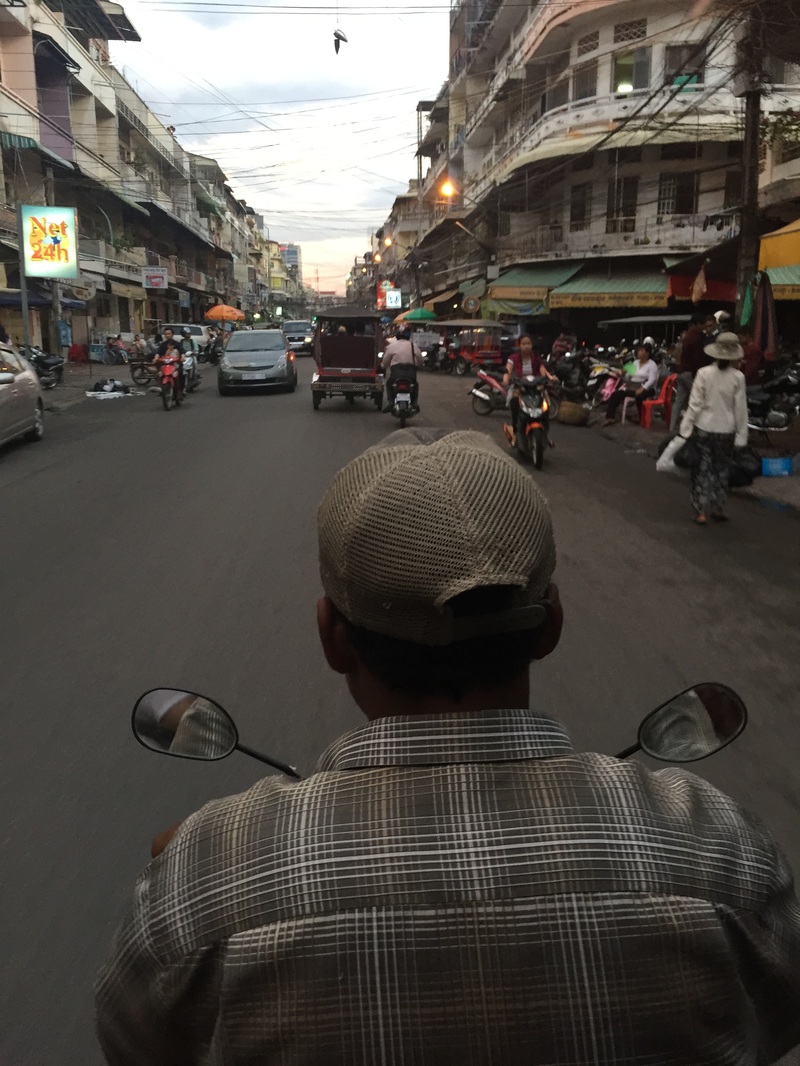

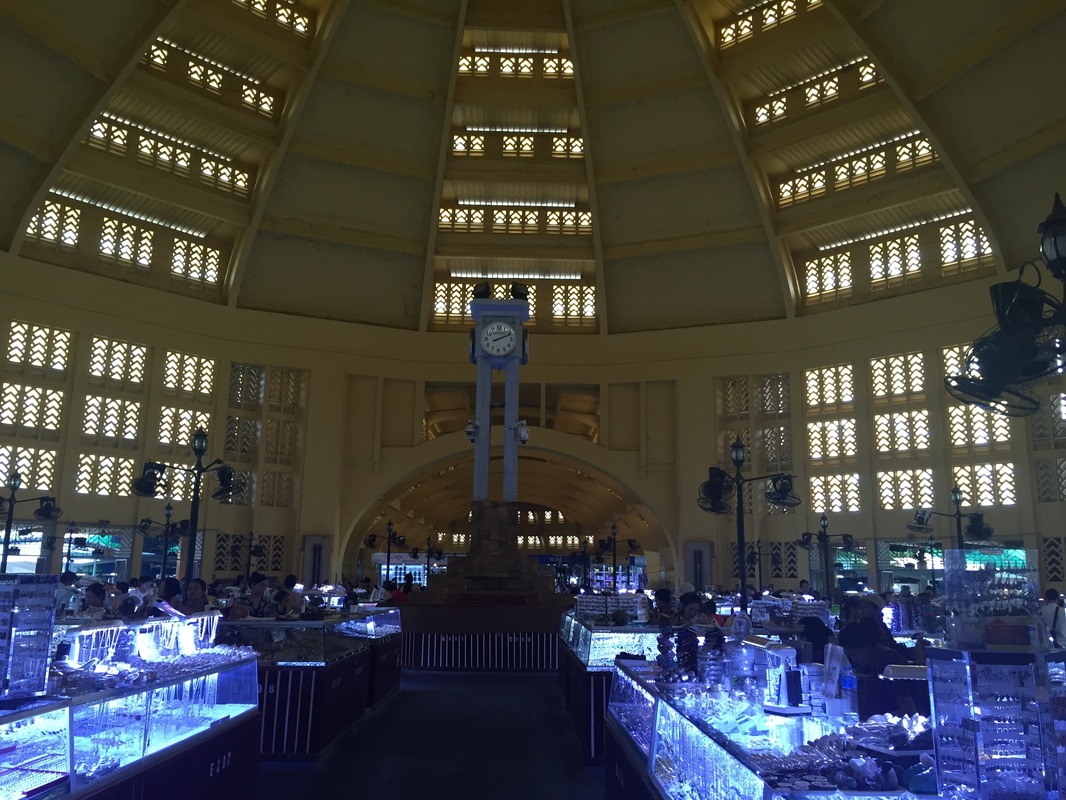
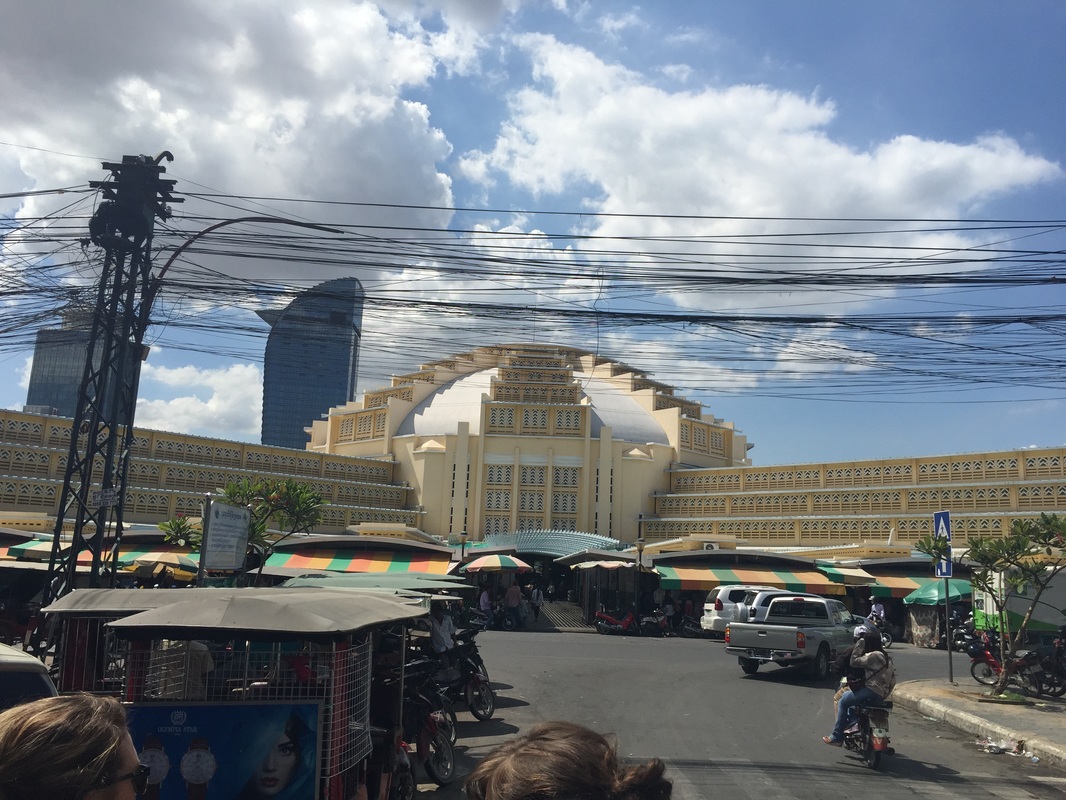


 RSS Feed
RSS Feed